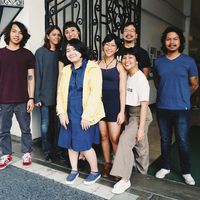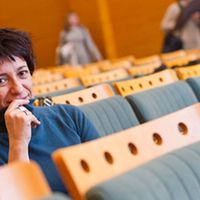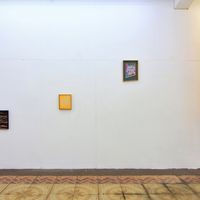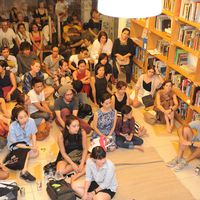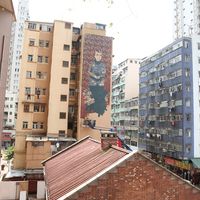In conversation with Mark Salvatus I Co-Founder of Load na Dito, Manila, Philippines

This month, culture360 contributor David Fernandez travels to Manila, Philippines. In this article, he interviews Mark Salvatus, Co-Founder of Load na Dito, an independent non-commercial art research initiative.
Mark Salvatus is an intermedia artist at the forefront of critical discourse on the subject of urbanization and the socio-economic underpinnings that are made manifest in densely-populated areas.
Established in 2016 by Mark Salvatus and Mayumi Hirano, Load na Dito is a research & artistic project developed as an idea of home-made culture.
David Fernandez (DF): How would you describe Load na Dito? What was set out to achieve when Load na Dito was founded?
Mark Salvatus (MS): I would say Load na Dito is a project that doesn’t necessarily have a permanent place to be called as a “space” to do or to create projects. Founded in 2016, the projects are not regular. It’s more casual and spontaneous and we wanted to keep it intimate and can be done in different possible locations. Based on a local top-up system to buy load for your phone to have data or load, you can get load in many different locations and with different amounts, the same as we wanted to gain and share loads of experiences, knowledge and even energy. As an extension of my practice as an artist/organizer and Mayumi Hirano, my partner as a researcher and curator, mobility is an important aspect of our artistic and curatorial gesture. Load na Dito is like the stopover, a layover, a terminal, a depot or a station converging different discourse in art, culture and society in our own small way.
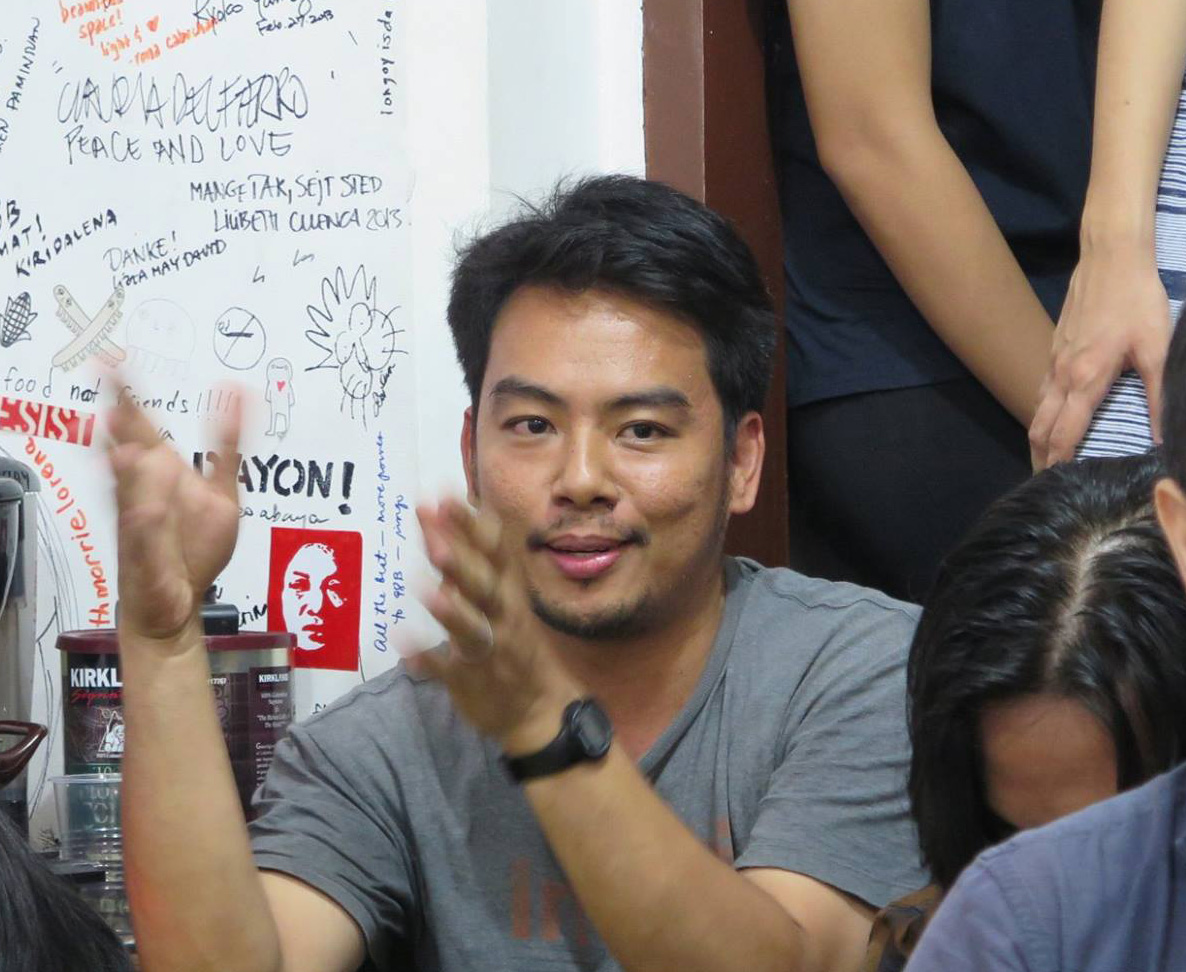
Mark Salvatus, Co-Founder of Load na Dito, Manila, Philippines
DF: How do you see the evolution of Load na Dito as an art platform?
MS: Initially, Load na Dito started as a small study group, a reading group, usually with friends from diverse disciplines from Manila and we wanted it to be an artistic and research project. It was for us to study or to learn by doing different projects in our own way, by extending it to others who also want to learn, a kind of learning centre – that focuses on art and culture. Eventually, we hosted one-day performances and events in the garage, building interest among younger artists. We also curated a show in an apartment in Osaka, organized an intervention exhibition and performance in a local market and created an exchange residency program. Two-year in existence with irregular projects, I would say that having a fluid “space” and a mobile process of making projects is very suitable for the contemporary landscape of producing and presenting works.
DF: What are your plans for the future of Load na Dito, do you have any specific goals you would like to attain in the future?
MS: We wanted to do more publications as part of the research aspect of Load na Dito. As a small initiative, we wanted to have a physical archive of our projects in the form of publications as well as in PDF formats to share. That's the short-term goal. And also, present the format of “Load na Dito” in different places around the region.

DF: How is the public in Manila reacting to your programmes?
MS: As a small initiative, our main audiences are also artists and peers in the culture sector of Manila. We also treat our space as an open house. For researchers or artists doing a residency with us, we welcome diverse communities such as LGBTQ+, the deaf community, shamans and spiritual healers, among others.
DF: What have been the most important focus of your platform?
MS: Aside from presenting art in the usual format, Mayumi and I as the founders and initiators of Load Na Dito, wanted to create a platform for knowledge sharing, focusing on contemporary art and culture. We also lack the proper knowledge and wanted to study on our own. However, going to an institution or a proper school may not necessarily work for us. So maybe a format of “Load na Dito” will work instead.
DF: Why is Load na Dito important in the Manila scene?
MS: I am not sure if our platform is important in the Manila scene since we are just starting. The main focus is to create a web of knowledge to discuss and share our thoughts, aside from the production and presentation of art. There are many works being produced and presented and the landscape of contemporary art is changing. As an artist/organizer, we also want to change or adapt to the new landscape and being mobile is our main approach.
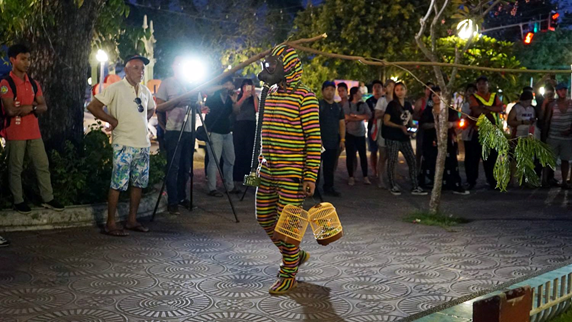
DF: What is Manila's art & cultural scene like nowadays? How would you describe the local creative community?
MS: There are many things happening in the art and culture scene in Manila, I would say it is multi-layered and diverse. There are exhibition openings happening almost everyday from commercial galleries to big institutions. What I am also seeing in the last few years and I am excited about are the spaces and initiatives starting in their own houses. Artists creating exhibition in one part of their homes or organizing a one-night screening or performances in their garage, which is more cozy and not intimidating. And because living in the city is getting more expensive, there are also small spaces that are starting their own scenes in nearby provinces like Laguna, Quezon and Rizal which is 1-3 hours away from Metro Manila.
To find out more about the Load Na Dito please visit:
https://www.facebook.com/pg/loadnaditoprojects
David Fernández is a Spanish-born contributing writer working in South East Asia for nearly a decade. Currently working as freelance arts & cultural project manager and digital media consultant around the region, he is also the co-founder of Cho Why multi-disciplinary project space in Bangkok, Thailand. He previously co-founded Le Cool Bangkok arts & culture webzine and worked as content director.
Similar content
19 Jul 2016

